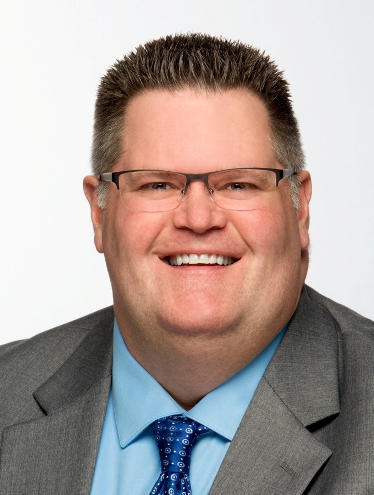 There is no one set rule for which party is liable when there is a crash at an intersection. Our Washington car accident lawyer explains that liability depends on the circumstances of the accident.
There is no one set rule for which party is liable when there is a crash at an intersection. Our Washington car accident lawyer explains that liability depends on the circumstances of the accident.
Is There a General Rule of Right of Way at Intersections?
Yes. Under Washington state law, when two vehicles traveling on different roads get to an uncontrolled intersection at about the same time, the car on the right has the right of way. However, if there is a traffic light, stop sign, or other traffic control device, the drivers must obey those signals regardless of who is on the right.
What Are the First Questions to Ask to Determine Liability in a Washington Intersection Crash?
The first two questions you should ask are:
- Did anyone fail to yield the right of way? Most traffic rules that apply to intersections govern who has the right of way in various scenarios. Answering the “right of way” question requires you to evaluate the situation from the perspective of each driver.
- Did anyone disobey any other traffic laws? This catchall question looks for any act of negligence that could have contributed to the accident. For example, if Driver A does not come to a complete stop at a stop sign before proceeding into the intersection while Driver B blows through the intersection at 100 miles per hour and smashes into Driver A, Driver B’s speed is a factor for liability as well as Driver A’s failure to come to a complete stop.
What If Both Drivers Are at Fault?
Washington uses the legal theory of comparative negligence to apportion the liability for damages when more than one party is at fault. If you are partially at fault for the accident, the comparative negligence rule will reduce your damages award proportionally with your percentage of fault.
If you were 15 percent at fault and the other driver was 85 percent at fault, the comparative negligence rule will subtract your percentage of fault (15 percent) from the amount of your damages.
What Are Some Common Types of Accidents That Happen at Washington Intersections?
According to the National Highway Traffic Safety Administration (NHTSA), about 36 percent of all crashes occur at intersections. Here are some scenarios that frequently result in accidents:
- Left turning driver has a green left turn signal – When one driver is turning left and the other driver is turning right, the driver with the left turn signal has the right of way. However, the left-turning driver may not plow into another driver or a pedestrian or bicyclist who is already in the intersection or who cannot stop in time. The driver turning left must make every reasonable effort to avoid a collision.
- Left turning driver has a green light, but no turn arrow – Drivers turning left must yield to nearly every other vehicle or person on the road if they do not have a green left turn arrow. One must always proceed cautiously when making a left turn. The Federal Highway Administration (FHWA) says that there were 32,675 total highway fatalities in 2014, with 8,661 occurring at intersections and 2,675 at intersections that had traffic lights.
- Left turning driver has a red light or stop sign – If a driver violates the rules for proceeding through an intersection marked only with stop signs for all directions of traffic, the rule-breaking driver will be liable, but all drivers should keep a careful look-out and try to avoid an accident.
- One driver is making a U-turn. As of 1997, the U-turn laws in Washington and Seattle allow you to make a legal U-turn at nearly any intersection that does not post a “No U-turn” sign as long as you can do so safely and without interfering with other vehicles. Under Washington law, you cannot make a U-turn on a bridge, hill, or curve, or where oncoming traffic cannot see you for at least 500 feet.
Is Washington State Doing Anything to Reduce the Number of Intersection Accidents?
Yes. Washington state is installing roundabouts, which are circular intersections where drivers travel counterclockwise to reach their desired street. When they replace stop sign or signal-controlled intersections with roundabouts, there is a 37 percent reduction in collisions, and there are 90 percent fewer fatal crashes, according to the Washington Department of Transportation.


